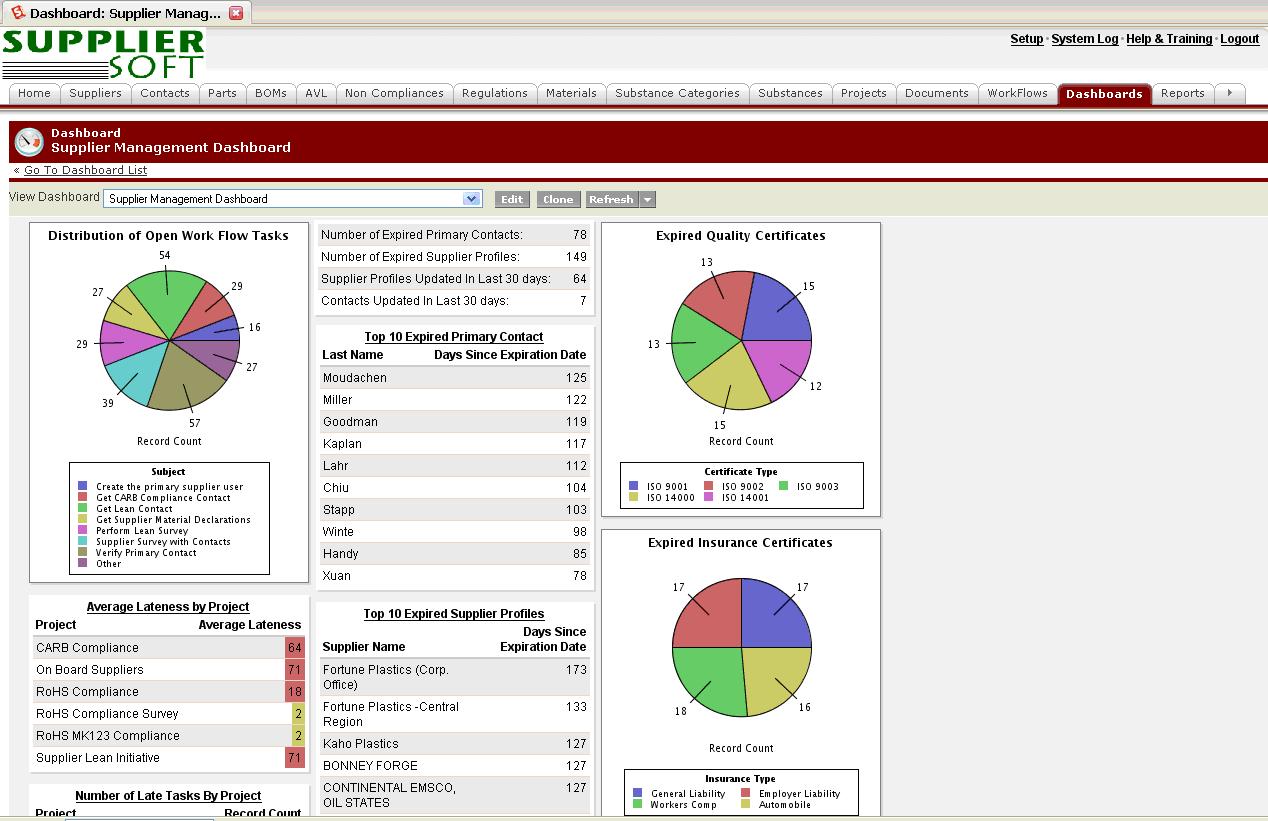Business Challenge Key Features Business Benefits
With fast moving economic cycles, suppliers in all geographies are at risk of going out of business. The problem is exacerbated by the fact that companies have increased outsourcing over the last decade and are ever more dependent on their suppliers. In these turbulent times, supplier risk information provided by standardized services such as D&B can become outdated and insufficient to manage supplier risk.
In addition to financial and geo-political risks, supplier risk spans multiple functional areas such as purchasing, quality, environment, health and safety (EHS), logistics, manufacturing, legal compliance (government watch lists) and intellectual property protection. As these departments interact their counterparts at supplier organizations, supplier risk information quickly get scattered across disparate systems leading to following key issues:
- Inaccurate risk profiles and prioritization: Supplier risk assessment requires a multi-dimensional view of supplier. Since supplier information is spread across multiple departments and is frequently inaccurate, there is no central visibility into supplier risk. Supplier information for privately held companies is difficult to collect and maintain on an on-going basis. When thousands of suppliers are involved, risk management requires prioritization of high risk suppliers. Inaccurate risk metrics and prioritization prevents execution of focused mitigation strategies.

- Inconsistent mitigation management: With no central view of mitigation planning and execution, mitigation of supplier risk becomes a fragmented activity across different departments with inconsistent approaches. This can lead to inadequate mitigation or shifting of risk to other suppliers.
- Outdated risk assessment and mitigation: Suppliers that are high risk today could become low risk suppliers (or vice versa) based on changes in business and mitigation strategies that are put in place. Lack of risk assessment tools leads to infrequent and outdated risk assessment. This leads to outdated mitigation strategies, creating new supplier risks.

